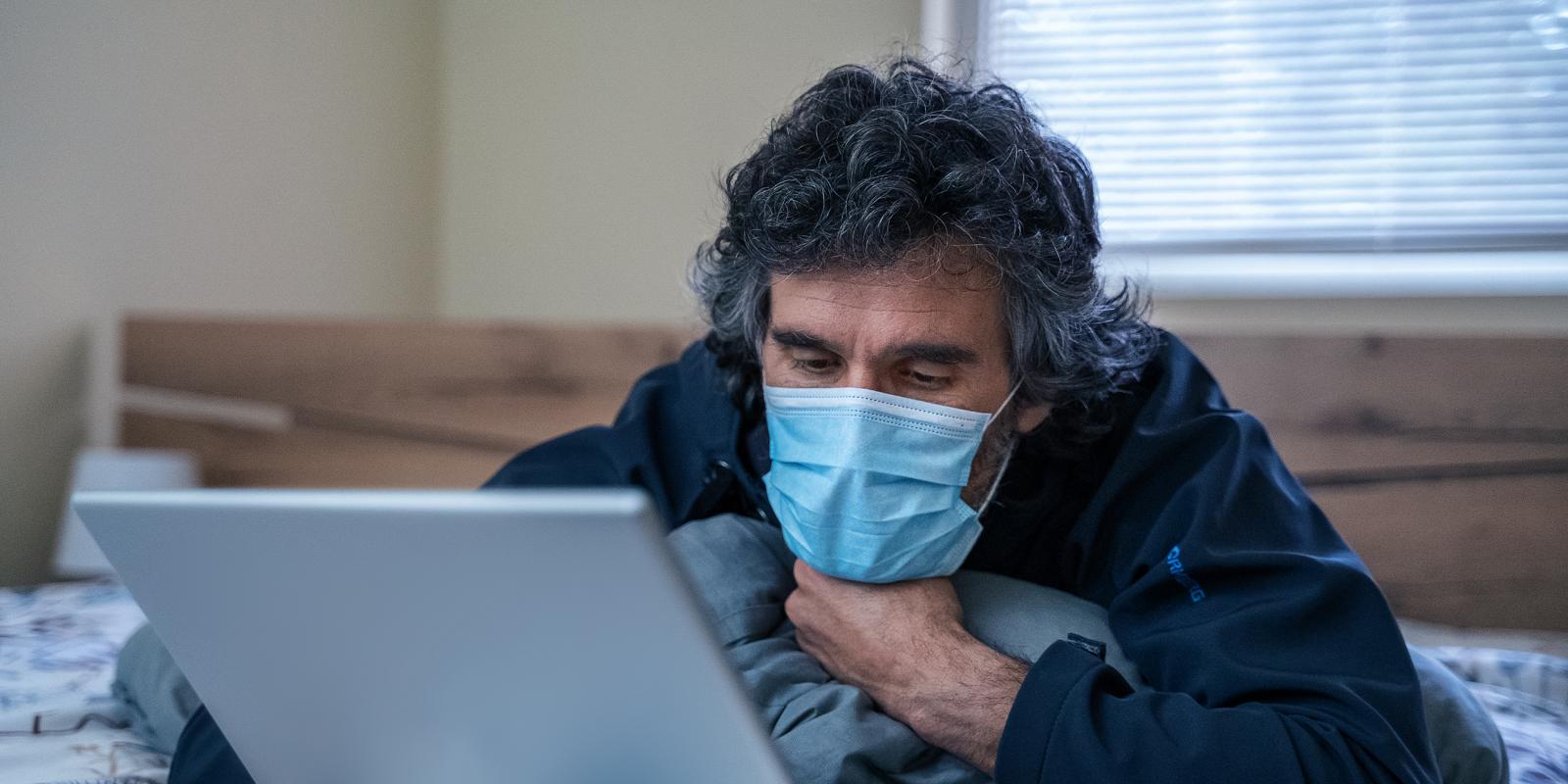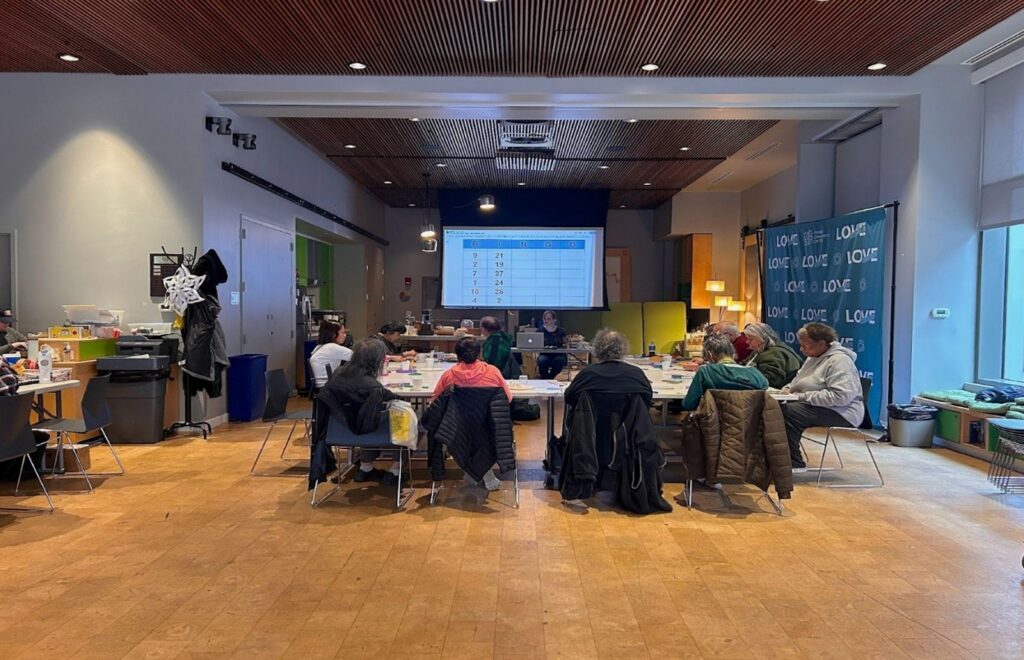Editor’s Note: This new Generations Today column, “Aging While…” is sponsored by AARP Foundation. It will focus on creating and advancing innovative solutions that help older Americans build economic opportunity and social connectedness.
In his early 60s, well-known news anchor Ray Suarez lost his job. Like many older workers, he never found another full-time position. Then the pandemic took away the gig assignments he had patched together to stay afloat. Panicked about his financial situation, Suarez delayed necessary medical care, dropped expensive dental insurance and put off needed home repairs. Despite rising to the top of his profession, paying off his mortgage years early and remaining married, Suarez now fears sinking into poverty. His story shows that life doesn’t always go as planned. As they age, older adults face health, financial and social challenges that have always existed, but have been exacerbated by the pandemic.
Age Discrimination
While tens of millions of Americans have been laid off since March, job loss has serious long-term consequences for older workers. Even in flush economic times, older adults face a significant risk of losing their job due to age bias. An analysis by ProPublica and The Urban Institute showed that half of older U.S. workers are pushed out of longtime jobs before they are ready to retire, causing them to suffer often irreversible financial damage. And it is likely older workers are first in line for a pink slip now.
It also will take more time for older adults who lose their jobs now to be rehired. Even pre-pandemic, it took older adults longer to find jobs after a layoff, and their new jobs often paid less. In 2018, it took adults who were unemployed at age 54 almost a year to find new employment. Only one in 10 of the workers who lose their jobs ever earns as much as they did before. Years later, the household incomes of more than half of those who experience such work disruptions remain substantially below those who don’t. The loss of job income and resultant lower salaries when such workers are rehired are likely to have a long-term impact on older adults’ financial well-being for a long time to come.
To combat systemic age discrimination that makes it harder for older adults to find and keep their jobs, AARP Foundation works to change discriminatory institutional policies that cause people to slip into poverty. Our legal advocacy team, AARP Foundation Litigation, protects the rights of older adults in the federal and state courts, tearing down systemic barriers to economic and social stability, case by case.
Remote Work and Paid Leave
During this pandemic, many older adults have put themselves in harm’s way to earn a paycheck because a large majority of them lack the option to work remotely. According to a recent Economic Policy Institute study, 75 percent of workers ages 65 and older are unable to telecommute, a higher percentage than any other age group. Starting at age 35, the option of telecommuting goes down as age increases.
Before the new federal paid sick leave laws, 40 percent of older adults lacked access to paid sick leave, despite being more vulnerable to illness in this crisis. So, if older adults contract COVID-19, they may have to choose between their health and their paycheck. As the country gradually reopens, many may again face this choice.
Building Emergency Savings
While tens of millions of people have lost their jobs since March, older, low-income adults who get laid off have few financial reserves to cushion the blow. More than half of low-to-moderate income adults ages 50 and older lacked enough short-term savings to weather a crisis like job loss before the pandemic, according to AARP Foundation-sponsored research by the Financial Health Network. The low-income adult who loses his or her job may have to tap into retirement and long-term savings or take out payday loans just to survive. This harms their future financial health—a blow from which they may never recover.
To help build emergency savings, AARP Foundation MySavingsJar empowers vulnerable older adults to start a monthly savings habit. Savings challenges, peer support and access to educational information and local resources help users save. AARP Foundation’s SaveYourRefund incentivizes taxpayers to save part of their tax refunds, which are often the largest amount of cash they receive in a given year. The program offers taxpayers the chance to win cash prizes by stashing some of their refund in a savings account. The program ended May 1, 2020, but will begin again next year.
Social Isolation Challenges
Nearly one in four adults ages 65 and older were socially isolated before the pandemic, and physical distancing has made the problem worse, affecting those living alone or in nursing homes where visitors may be barred. We all know older adults who, since the onset of the pandemic, have experienced the hardship of being separated from family, friends and the community resources upon which they depend. Access to these connections is so important for our health.
Stuck at Home (together) uses creative expression and mindfulness activities to create, enhance and sustain social connections.
In fact, social isolation significantly increases a person’s risk of mortality from all causes, and that risk may rival smoking and obesity, according to a new National Academies of Science, Telecommunications and Engineering study sponsored by AARP Foundation. For adults ages 50 and older, being socially isolated is linked to dementia, coronary heart disease, diabetes, depression and stroke.
AARP Foundation has been raising awareness about this public health threat and helping people to build the social connections they need to thrive. Through our www.Connect2Affect.org platform, visitors can access research and guidance on staying connected, along with a tool to assess isolation risk. The Foundation also has piloted innovations such as Stuck at Home (together) that work with our Connect2Affect platform. Stuck at Home uses evidence-based creative expression and mindfulness activities to create, enhance and sustain social connections, while reducing stress and anxiety.
Even before the pandemic struck, about one in four of the 2 million residents of affordable senior housing communities in the United Stats were socially isolated. AARP Foundation Connect2Affect Connected Communities has been using smart speakers, tools and training to connect such older adults to their communities and each other, building social bonds. Using their smart speakers, residents have gained access to community resources, information on the pandemic and even community trivia games, helping them connect with others. More than half of participants maintained or increased their social participation since the program arrived.
Rationing of Medical Care and Equipment
By now, we all know that older adults are at greater risk from dying from COVID-19. Elders in France and Spain have also faced healthcare rationing because of their age. Even here, doling out healthcare based on age has been raised as a possibility.
Individuals entrusted with deciding who can access healthcare to treat COVID-19 should not discriminate. AARP and AARP Foundation oppose using age or disability to categorically exclude people from accessing treatment.
The physical, financial and social problems of older adults are longstanding and structural. They are not likely to recede when the virus disappears, nor can our commitment to finding innovative and long-lasting solutions to them.
Lisa Marsh Ryerson is president, AARP Foundation, in Washington, DC.













